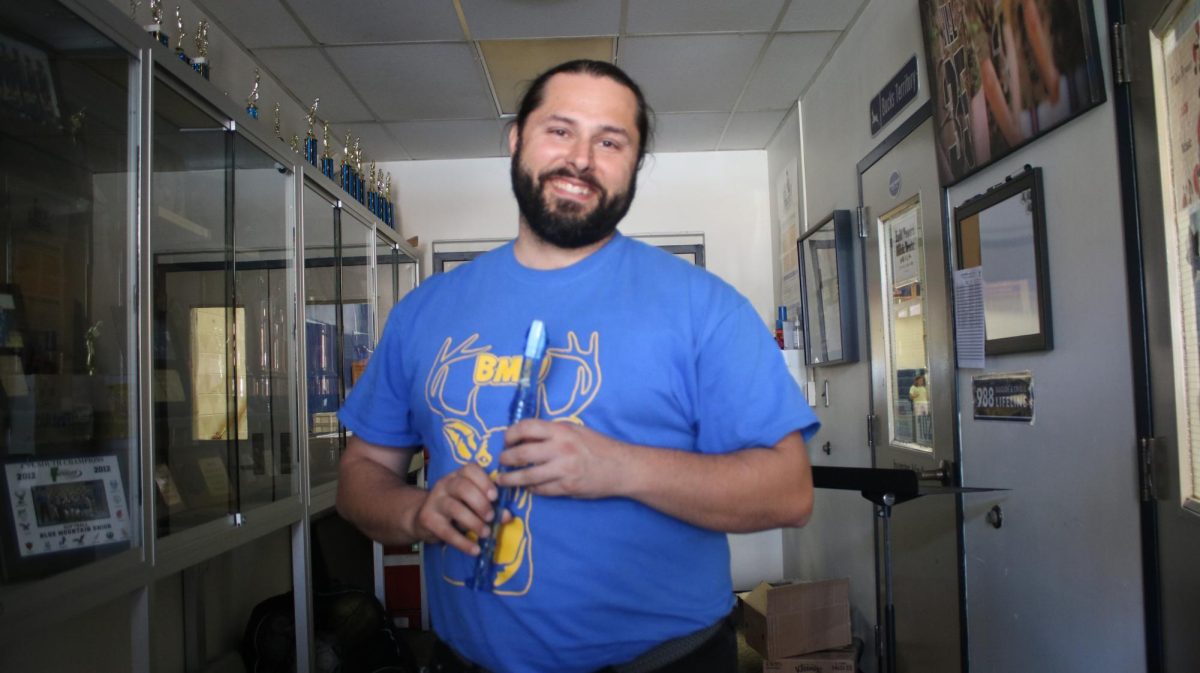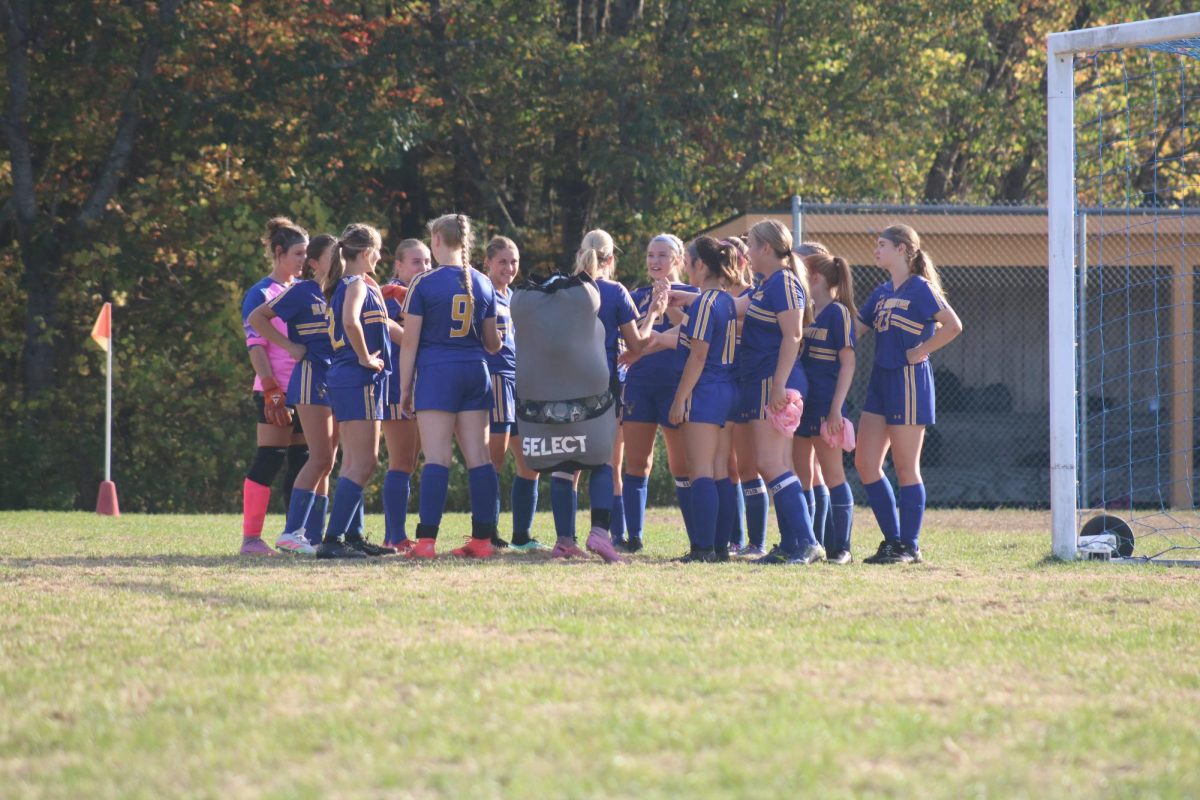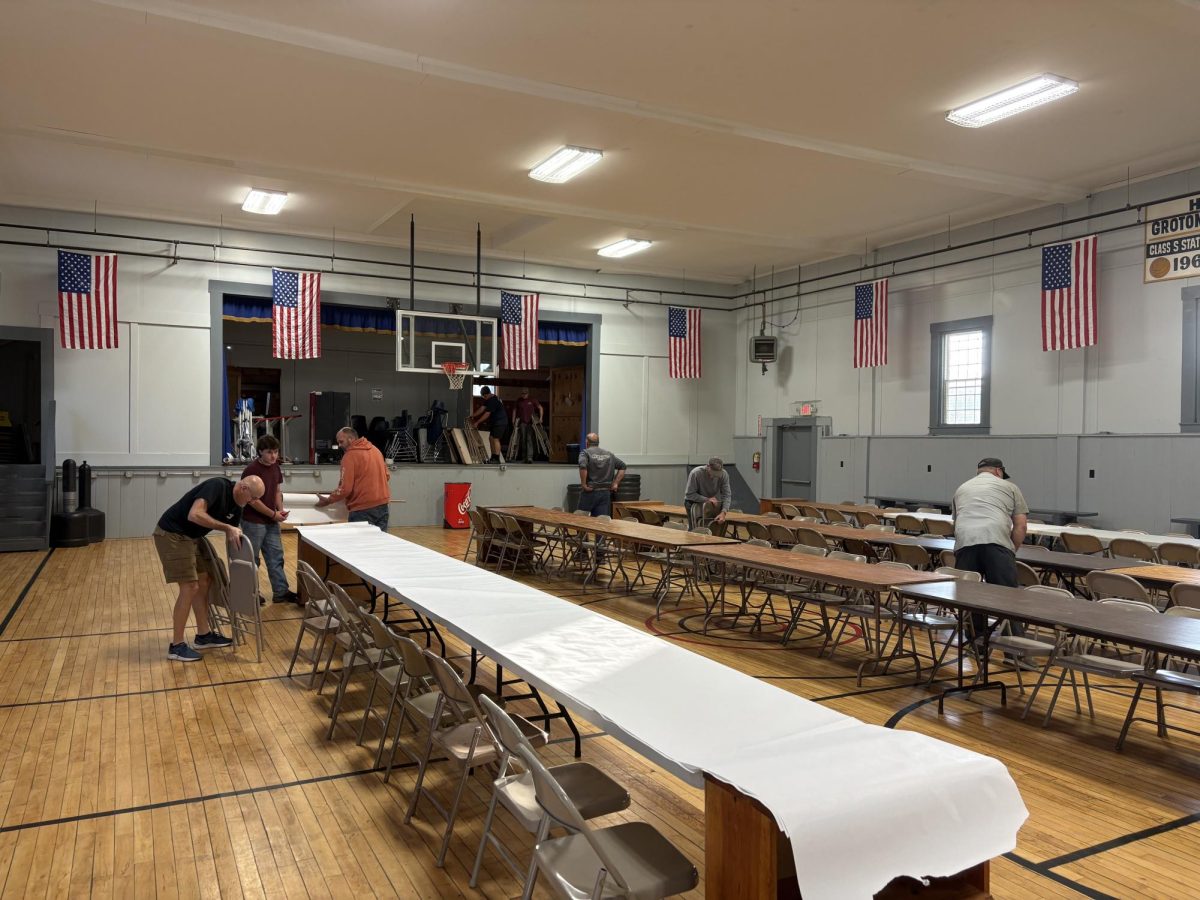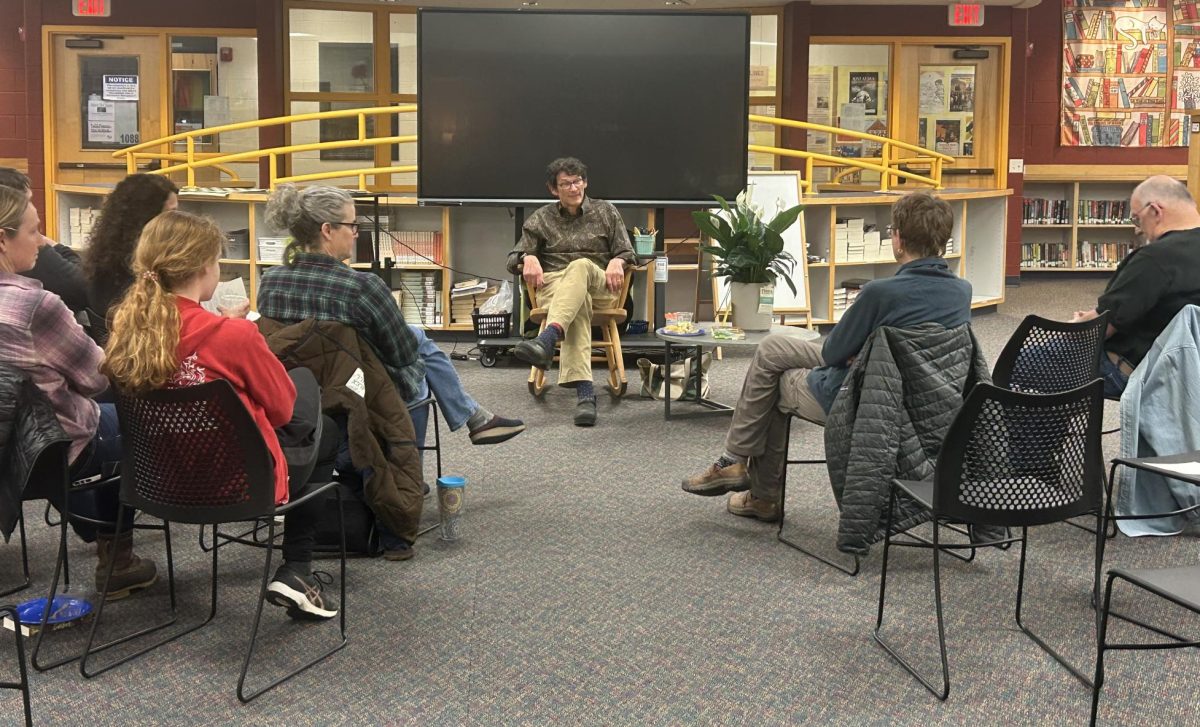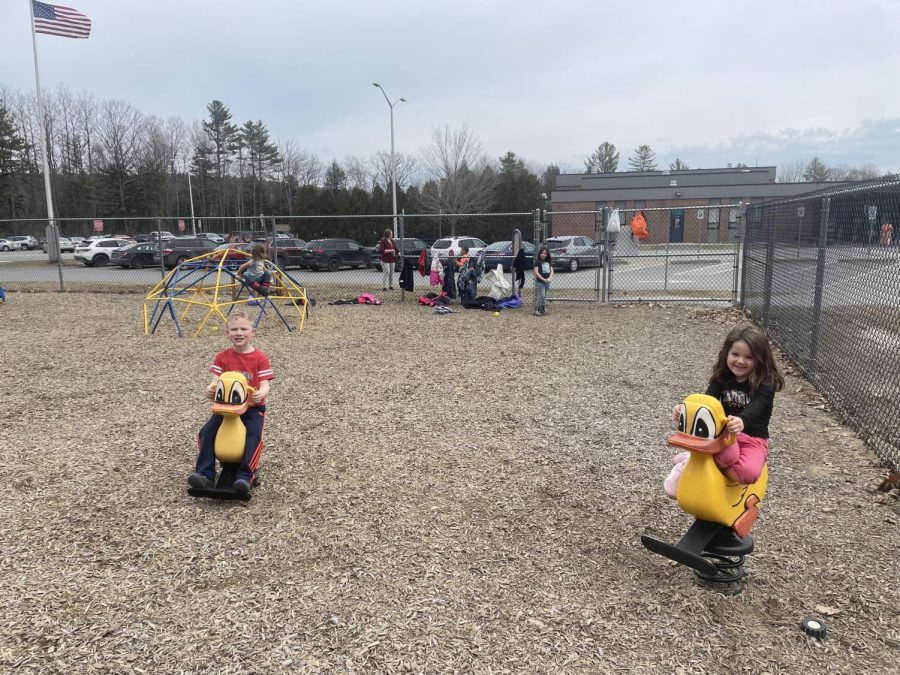Dual Enrollment Southern New Hampshire University Writing Composition students participated in a unit called Campaign for a Cause. In this unit, students selected an issue that interested them, conducted research, created an annotated bibliography, and wrote either a long or short op-ed on the topic. They then presented a speech about a local non-profit organization that addresses the issue. Each student chose whether to publish their short or long op-ed.
Left Behind
Vermont Students on the Spectrum Deserve More.
When kids walk into school, they have hopes of friendship, fun, and learning. Most parents trust that the school system will keep their children safe and supported. For many students, that trust is well-placed. However, for children on the autism spectrum, the reality can be very different. What happens when these children are overlooked? Underfunded? unsupported? Autistic students deserve a learning environment specifically designed for their strengths and struggles, one that supports their growth from early childhood through their teen years.
To meet these students’ needs effectively, we must first understand what autism truly is. Autism isn’t a problem to be solved, it’s a neurodevelopmental disability that changes how some people experience the world. Many autistic students struggle with social cues, adapting to sudden changes, and even managing a sensory overload. Despite this fact, schools still operate as though every child learns the same. The reality is, they don’t; not every child is the same. And, ignoring those differences can hurt teachers, staff, and students.
Vermont has made progress by implementing individualized education programs and personalized learning plans. Unfortunately, these measures alone are not enough. Currently, Vermont faces critical shortages in funding, autism-specific centers, and properly trained staff to meet the complex needs of these learners. Addressing these gaps requires a commitment to expanding access and resources statewide. Early intervention centers and learning centers for autistic children of all ages must be available, especially in rural areas, where resources are often scarce, to ensure that every child receives the support they need to thrive. Today, many educators in Vermont face heavy workloads and limited training for their support staff. Paraeducators, who often work closely with students on the autism spectrum, are only required to have a high school diploma, and they receive minimal training to support students on the spectrum. Additionally, ongoing teacher shortages and low pay have made one-on-one support hard to receive. In contrast, early intervention centers and specialized autism learning centers have the trained staff needed to safely and effectively support these children every day.
We urgently need more early intervention and autism centers, more trained staff, and more funding to ensure autistic students receive the support they deserve. While the cost may be high, the cost of neglect is far greater. Autism can’t be fixed, but it can be supported. As Vermonters, we have a responsibility to provide students with the tools they need to thrive in the spaces where they deserve to flourish. To do so, we need increased funding, better training, and a mindset focused not on temporary fixes, but on permanent, meaningful changes.


